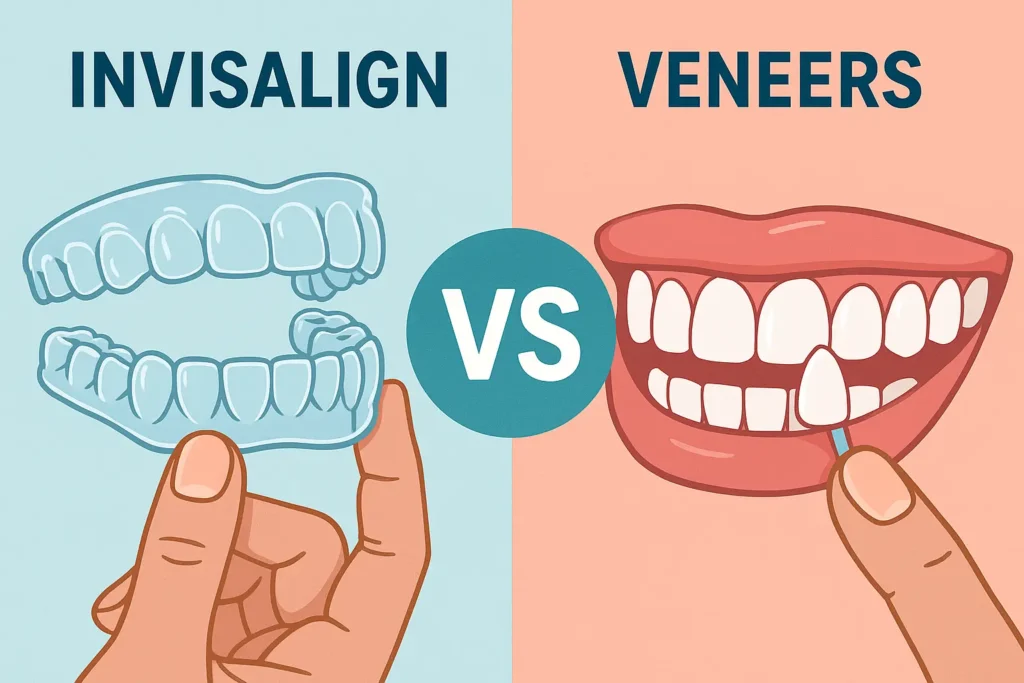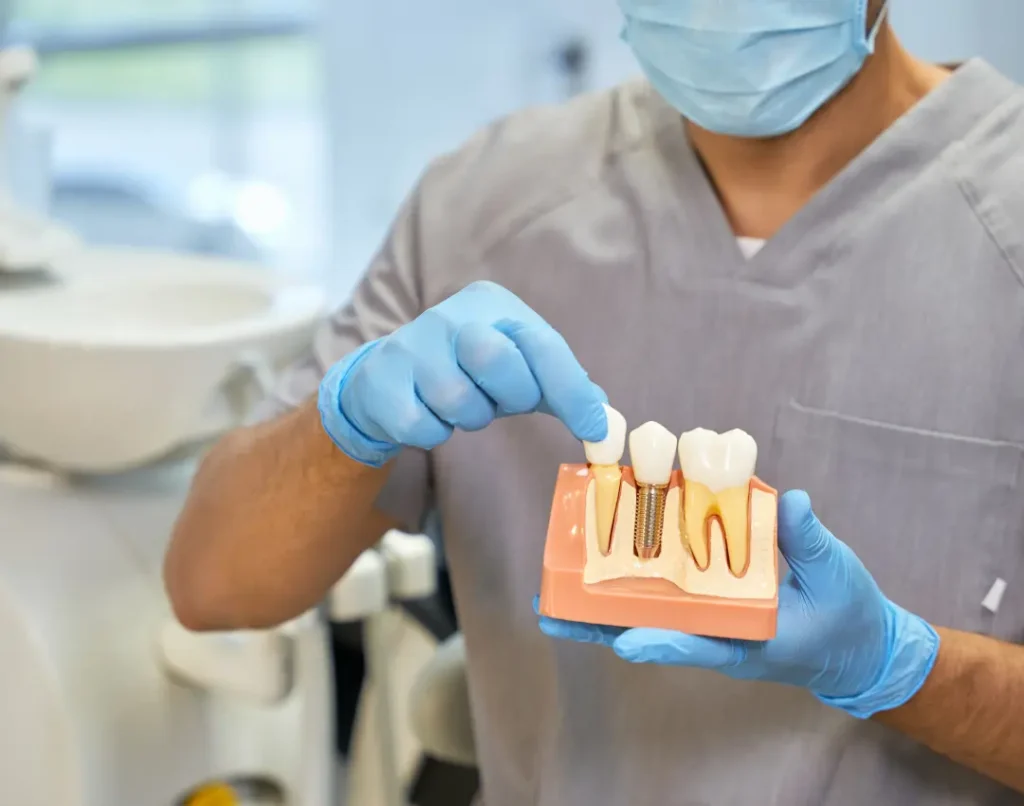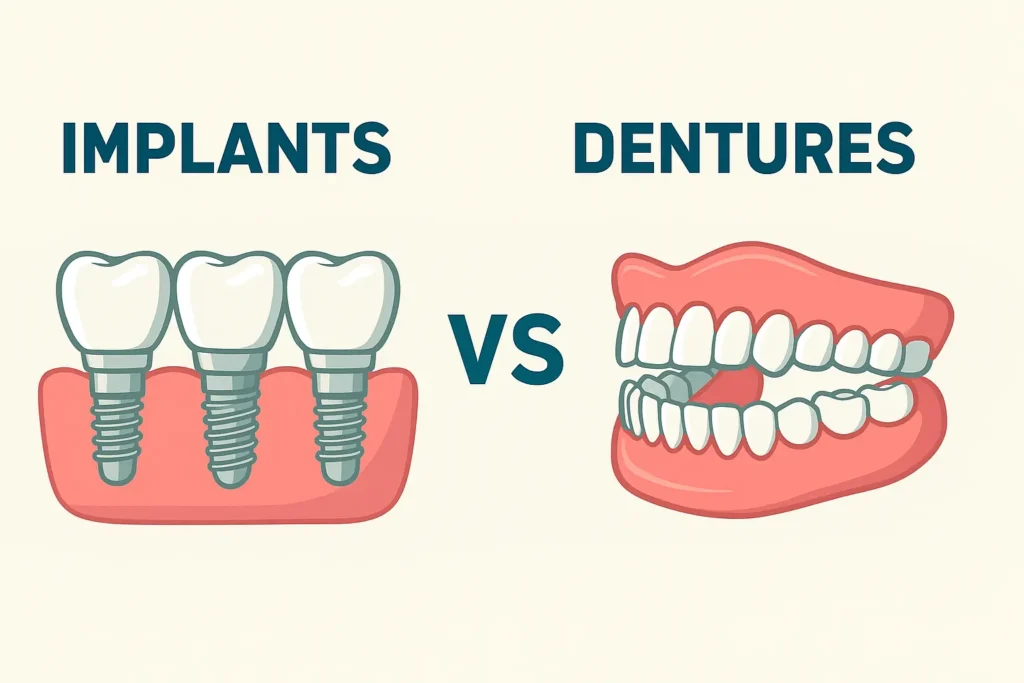Last night, during a family get-together full of food, gossip, and loud laughter, one man sat quietly in the corner.
“I can’t sleep more than three hours,” he said. Everyone nodded, offered sympathy, and talked about stress, blue light, and late dinners.
I moved closer. The moment he smiled, I saw it—his bite was way off. Jaw strained. Teeth clashing. I’ve seen that look before.
It stuck with me.
This morning, before seeing a single patient, I sat down to write.
Because most people have no idea that headaches, poor sleep, and even neck pain might start with their smile.
And that’s what this post is really about—why orthodontic treatment is necessary, not just for how you look, but for how you live.
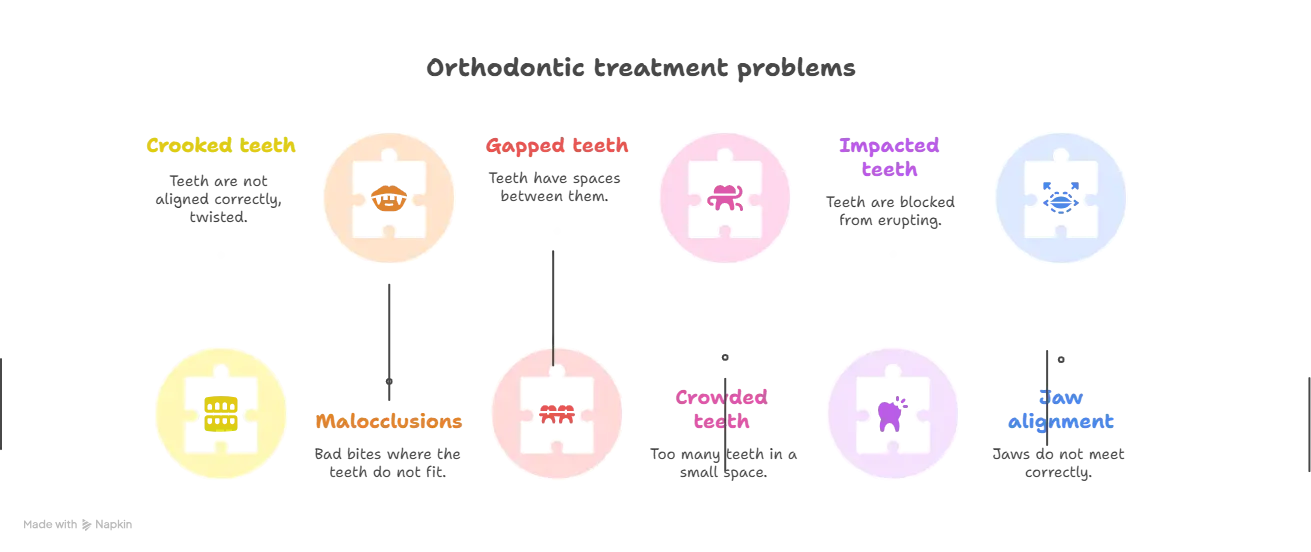
Orthodontic treatment includes a wide range of solutions aimed at diagnosing, preventing, and correcting dental and facial irregularities, commonly known as malocclusions.
Misaligned teeth are one of the key culprits. And they’re more harmful than most people realise.
They don’t just affect your bite; they can contribute to chronic headaches.
It’s one of the first questions I get in my clinic, usually right after I mention the word “TMJ.”
Now, without diving too deep into anatomy, take a look at the jaw diagram. You’ll notice a joint called the TMJ (Temporomandibular Joint), positioned very close to the ear canal.

Ever had ear pain while chewing? That’s your TMJ getting involved.
Now here’s the kicker: your skull only has one TMJ on each side. When that joint goes out of sync or is put under uneven stress, it can trigger a ripple effect. Your nervous system doesn’t like instability. Result? Headaches. Lots of them.
The TMJ sits near your ears and temples. When it’s inflamed or overworked, pain often spreads to your jaw, temples, neck, or forehead.
The muscles that control your jaw also wrap around your face and head. When they’re constantly compensating for a bad bite, they get tense, and that tension can trigger chronic headaches.
The trigeminal nerve, which handles sensation in the face and head, runs right past the TMJ. When that nerve is irritated (as in TMJ disorders), it can misfire pain signals that feel exactly like migraines.
An uneven bite strains your jaw muscles and joints, causing fatigue and inflammation that radiates as headache pain.
Conditions like arthritis can inflame the TMJ, and that inflammation can quickly spread to nearby nerves and muscles.
TMJ-related headaches usually come with bonus symptoms like:
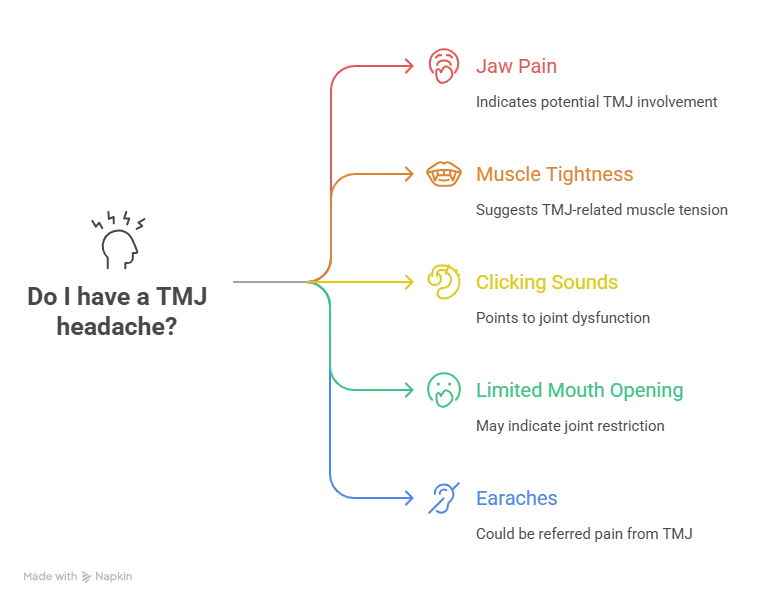
How are TMJ and teeth alignment connected? You’re not alone. Let’s break it down.
Truth is, it’s often a two-way street. One problem feeds the other.
A misaligned bite puts excessive strain on your TMJ.
A strained TMJ can distort your bite.
Together, they create a feedback loop of pain, tension, and—yes—headaches.
And that’s exactly where orthodontists come in.
Orthodontists aren’t just in the smile business. We help patients get relief from pain and discomfort by fixing the source.
Most people think their bite only affects their ability to chew.
Wrong. It affects how you breathe while you sleep.
A misaligned jaw can narrow your airway. Especially if the lower jaw is pulled back, this pushes your tongue into your throat space. The result? Partial obstruction. You may not stop breathing entirely (like in sleep apnea), but your breathing becomes shallow, restless, and fragmented.
You wake up feeling tired, even after 7–8 hours
One of my patients had been using a CPAP machine for mild sleep apnea. His sleep study looked better, but he still woke up groggy.
After we corrected his severe overbite, his airway opened up.
Under the guidance of his sleep specialist, he was able to stop using CPAP altogether gradually.
This isn’t just about smiles, it’s about breathing, sleeping, and living better. Orthodontic treatment can correct many health issues.
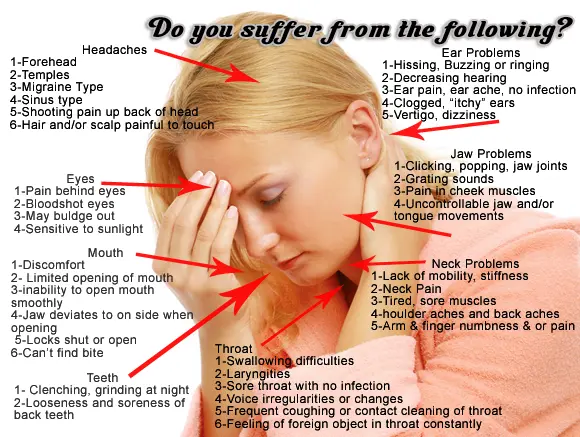
Orthodontics is often misunderstood as “cosmetic work.” It’s not.
Here’s what it really delivers:
✅ Improved oral hygiene – Straight teeth are easier to clean
✅ Better digestion – Proper chewing means less stomach strain
✅ Clearer speech – Lisping and articulation issues can improve
✅ Injury prevention – Protruding teeth are less likely to break
✅ Pain relief – No more clenching, jaw tension, or frequent headaches
✅ Confidence – Yes, a smile that makes you proud does matter
Orthodontic treatment plans are customised to your needs. You may not need full braces. Sometimes, a simple splint or minor realignment can resolve the issue. With 3D imaging technology, results are fast and accurate. Additionally, you can save on costs that may arise in the future due to misaligned teeth. Early intervention can benefit you in many ways, including promoting proper digestion and maintaining airway health.
So the next time you reach for a painkiller or sleeping pill, pause.
You might be covering up a dental issue that an orthodontist could fix.
Don’t settle for temporary relief. Come in. Let’s find the root cause together.
